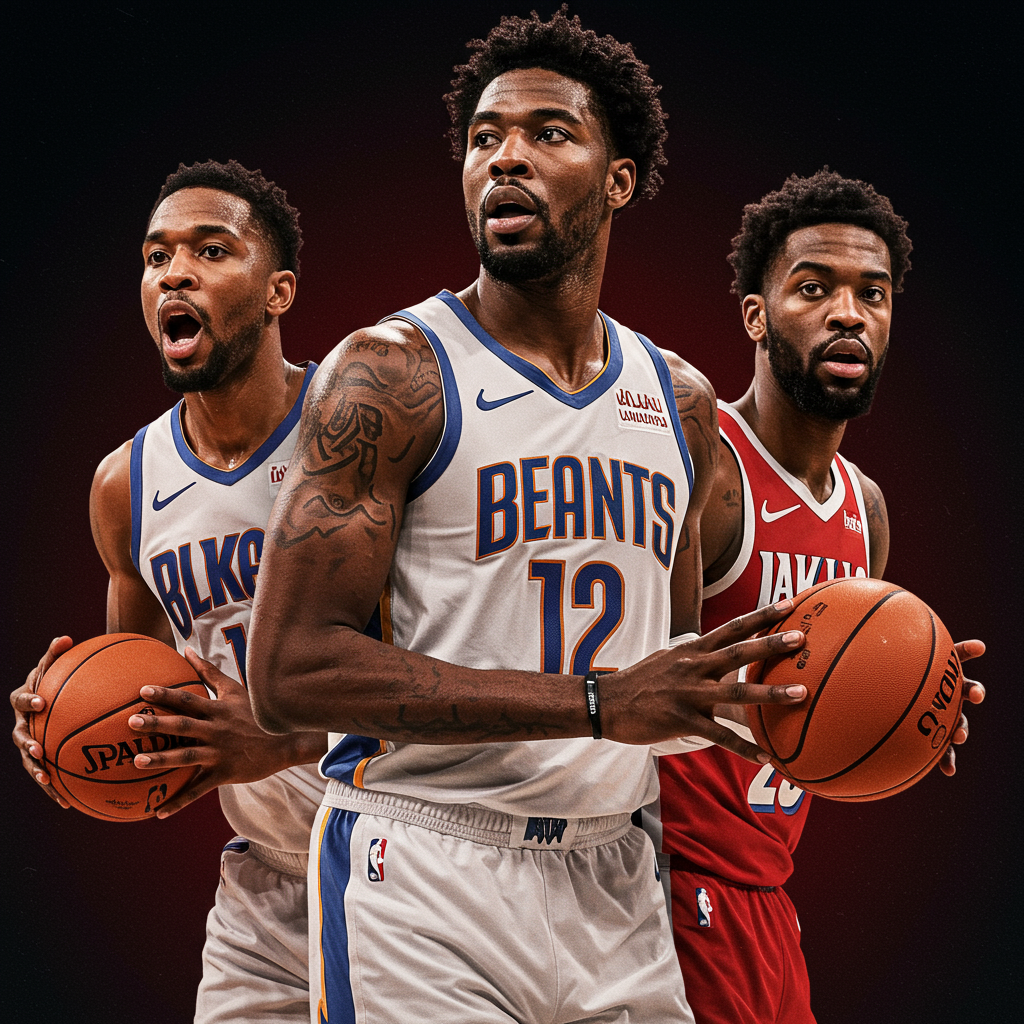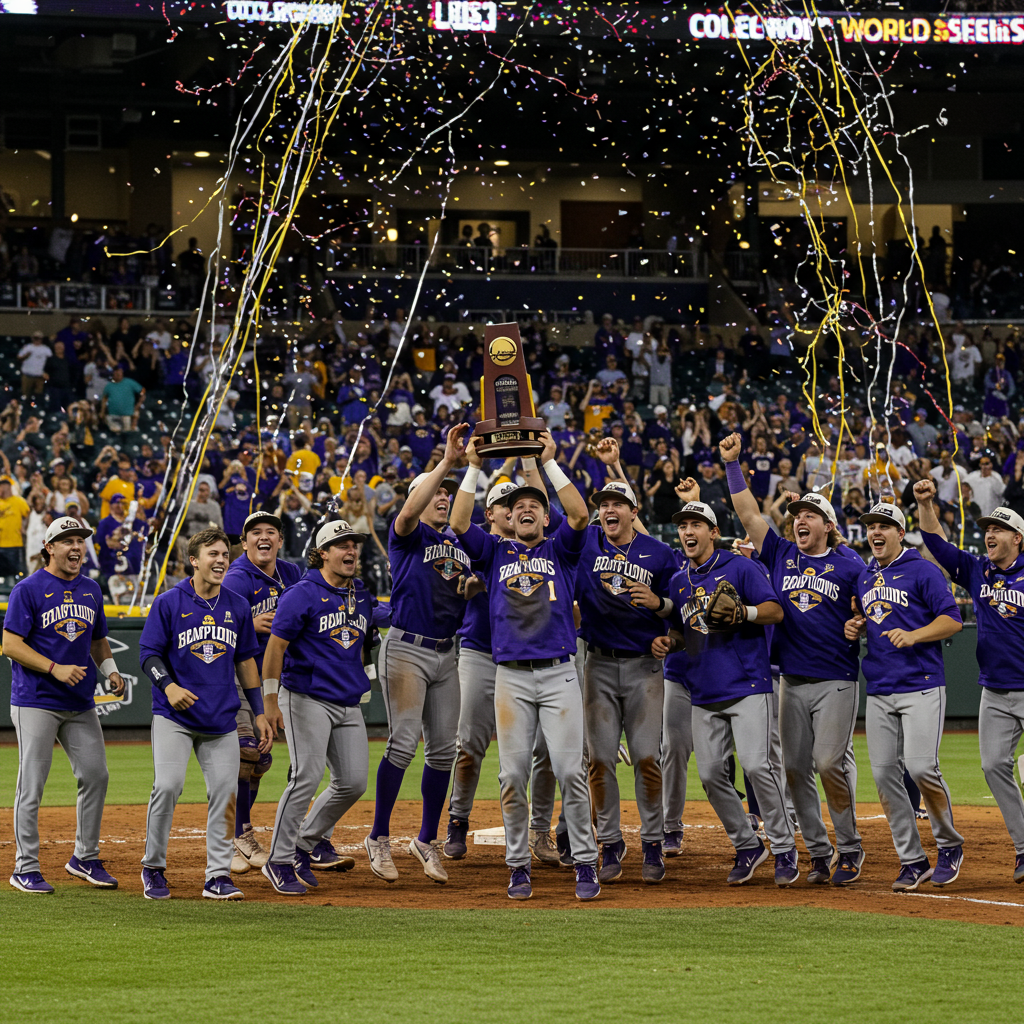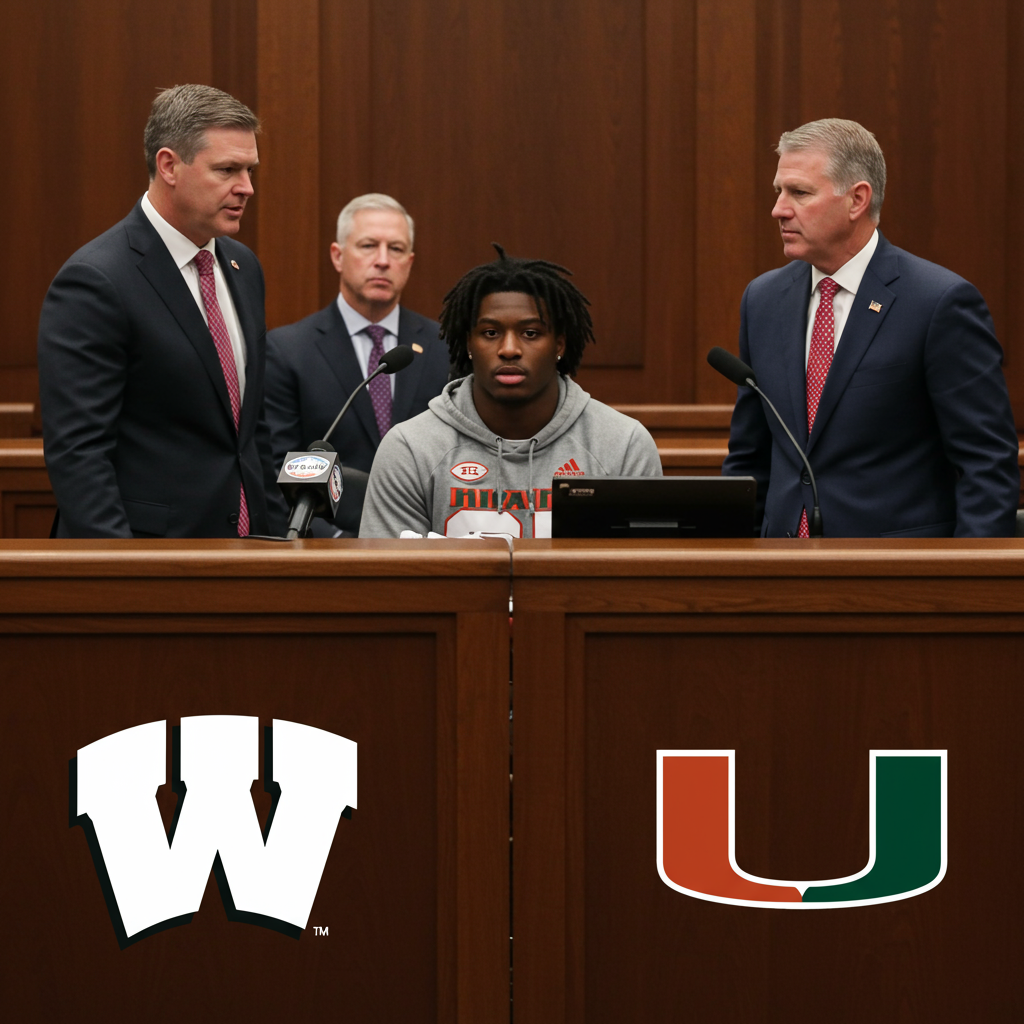The 2025 NBA free agency period is upon us, sparking intense speculation across the league. While this offseason might not feature a single, undisputed “whale” superstar poised to drastically reshape the championship picture overnight, the market is nonetheless brimming with high-impact talent. From seasoned veterans holding potentially lucrative player options to dynamic young restricted free agents seeking bigger roles, the choices these players make will significantly influence team fortunes next season. Teams aiming to upgrade key positions, add depth, or simply find the missing piece for a title push will find a diverse pool of options. Understanding the status and potential landing spots for these players is key to predicting the NBA landscape.
The Intriguing 2025 Free Agency Landscape
NBA free agency is often dubbed “money season,” and while the term “free” might feel ironic given the massive contracts involved, dozens of players gain the liberty to dictate their next career move, provided mutual team interest exists. The 2025 class, while maybe lacking the singular, franchise-altering name of past years (LeBron James, for example, is technically a free agent via a player option but is widely expected to remain loyal to the Los Angeles Lakers, perhaps even negotiating a new deal), presents a compelling mix.
The market includes fascinating cases like Kyrie Irving, whose season-ending injury complicates his player option decision in Dallas, and Josh Giddey, who saw his market value potentially rise after a strong second half in Chicago. Other names like D’Angelo Russell, Nickeil Alexander-Walker, Quentin Grimes (whose value reportedly saw a significant leap after a trade to Philadelphia), Bobby Portis, and Brook Lopez (a veteran center whose future in Milwaukee could be influenced by broader team dynamics) also add layers of intrigue to the pool before even diving into the main potential headliners.
Analyzing the players expected to command significant attention reveals tiers of talent, from those seeking potentially starter-level money to valuable role players fitting into exceptions. The center market, in particular, is noted as deep with starting-caliber players available below the top financial tier, influenced by team salary constraints and the demand for specific skills like shooting and defense.
Key Players Poised to Hit the Market
Here are some of the top players widely expected to be prominent names as teams strategize for 2025:
James Harden, LA Clippers
Holding a $36 million player option, James Harden remains one of the most impactful guards potentially available. Despite turning 35 before the season and entering his 17th year, “The Beard” demonstrated elite playmaking, finishing fifth in the league with 8.7 assists per game. While no longer a high-volume scorer, he averaged nearly 23 points and earned All-NBA Third Team honors and an All-Star nod last season, proving his enduring productivity. His ability to organize an offense was crucial for the Clippers. While many anticipate he could decline his option seeking a longer-term contract, potentially staying in his adopted Los Angeles home with the Clippers, his career-long quest for a championship could make other destinations possible.
Naz Reid, Minnesota Timberwolves
Naz Reid’s $15 million player option is a hot topic. The former Kia Sixth Man of the Year has consistently outperformed his salary and is poised to decline his option in pursuit of a more lucrative deal, likely commanding starter-level money from someone. The debate across the league is whether he merits that price tag. Despite being an undersized center and not a dominant rebounder, Reid brings scoring versatility (14.2 points per game), including a respectable 3-point shot (37.9% last season), and can even attack off the dribble. The Timberwolves value his contribution but face a challenging salary cap situation, particularly concerning their investment in the center position alongside Rudy Gobert, making his return far from guaranteed despite mutual interest.
Julius Randle, Minnesota Timberwolves
Another Timberwolves player with a significant decision is Julius Randle, who holds a $30.9 million player option. After a reportedly strong single season in Minnesota, including a dominant start to the playoffs, Randle faced challenges against specific defensive schemes later in the postseason. His leverage in negotiations remains a key question. He could potentially extend his stay with the Timberwolves or decline his option to explore the unrestricted free agent market. Seeking a landing spot with a confirmed winning team might be complicated if he opts out, but his production makes him an attractive target. His decision carries weight for Minnesota, especially given the assets potentially involved in acquiring him.
Myles Turner, Indiana Pacers
Myles Turner is an unrestricted free agent and the longest-tenured member of the Indiana Pacers, recently playing a pivotal role in their run to the 2025 NBA Finals. His value as a floor-spacing center and solid interior defender is well-established. While his performance in the Finals reportedly dipped, potentially impacting his market value, the Pacers organization, including Coach Rick Carlisle, has expressed a strong desire to retain him. The lack of an immediate internal replacement gives Turner leverage. However, negotiating a new contract that pushes Indiana into luxury tax territory could be complex, though a multi-year deal in the range of $25 million annually seems like a fair benchmark for a player consistently ranked among the top centers potentially available.
Jonathan Kuminga, Golden State Warriors
Jonathan Kuminga enters restricted free agency after an inconsistent season with the Golden State Warriors, marked by fluctuating playing time despite demonstrating considerable talent. When given significant minutes in the playoffs, Kuminga showed real flashes, averaging 15.3 points on 48.4% shooting in just 23.4 minutes. At only 22 years old with undeniable athleticism and developing off-the-dribble scoring and shooting, he is expected to draw considerable interest from teams who might offer a larger role than Golden State. As a restricted free agent, the Warriors have the right to match any offer sheet, making it unlikely they would lose him for nothing. However, the size of a competing offer could force Golden State’s hand or lead to a sign-and-trade scenario.
Cam Thomas, Brooklyn Nets
Expected to be a restricted free agent, Cam Thomas appears likely to remain with the Brooklyn Nets. Both the player and the team reportedly desire the relationship to continue, and Brooklyn possesses ample cap space to accommodate the scoring guard who just finished his fourth professional season. Thomas is known as a “pure bucket-getter” capable of scoring from both midrange and beyond the arc, offering significant offensive upside. Unless another franchise presents a surprisingly large offer that the Nets are unwilling to match, signs point towards Thomas returning to a team that provides him with minutes and opportunities to showcase his scoring ability.
Dennis Schröder, Detroit Pistons
A true NBA journeyman having played for nine teams in his 11 seasons, Dennis Schröder was with three teams in the last year alone. Despite his peripatetic career, he provided solid moments for the Detroit Pistons and could potentially continue that relationship. Schröder’s experience and ability to contribute, including averaging 12.5 points on 49.1% shooting in the playoffs, make him a valuable potential backup point guard for Detroit or other teams seeking guard depth and veteran savvy. As an unrestricted free agent, he has the flexibility to choose his next destination based on role and opportunity.
Malik Beasley, Detroit Pistons
Malik Beasley had perhaps the best season of his nine-year career last year with the Detroit Pistons. He solidified his reputation as one of the league’s premier shooting specialists, remarkably finishing second across the entire NBA in made 3-pointers (319), eight more than Stephen Curry, while connecting at an impressive 41.6% clip from deep. Signed for a modest $6 million last season, the 28-year-old unrestricted free agent is expected to command a significant raise on the open market. His elite outside shooting makes him a highly sought-after commodity for teams needing floor spacing.
Ty Jerome, Cleveland Cavaliers
Ty Jerome emerged as a valuable “discovery” off the bench for the Cleveland Cavaliers, contributing significantly to their strong regular season and claiming the top seed in the East. He averaged 12.5 points and shot an efficient 51% from the field in just 19.9 minutes per game, proving to be one of the league’s better sixth men and bolstering Cleveland’s already deep backcourt rotation. As an unrestricted free agent searching for his first major NBA contract, Jerome faces a potentially tough decision: chase the highest offer elsewhere or prioritize staying with a contending team like the Cavaliers to chase a championship. His efficiency and instant offense will draw interest.
Chris Paul, San Antonio Spurs
Entering his age-40 season, Chris Paul’s market value is a point of debate. Some view him as a declining asset, while others see his immense basketball IQ and leadership as invaluable for the right situation. Paul is considered unlikely to return to the San Antonio Spurs, where he served a likely mentorship role for their young roster. Having achieved nearly every accolade except an NBA championship in his likely Hall of Fame career, the primary question for Paul is whether he signs with a contender to make one last push for a title (like potentially joining a team such as the Mavericks) or seeks a situation closer to his Los Angeles base. His veteran presence could be a crucial addition for a team needing guidance and savvy playmaking.
Other Names to Watch
Beyond this core group, several other players from various teams and statuses will impact the market:
Veteran big man Brook Lopez’s situation in Milwaukee, influenced potentially by trade rumors surrounding Giannis Antetokounmpo, adds a high-profile center to the unrestricted pool. John Collins in Utah holds a significant player option, potentially offering a versatile forward with strong numbers despite his team’s record. In Philadelphia, Quentin Grimes made a major splash in limited time after his trade, elevating his value as a restricted free agent.
The center market specifically includes intriguing options like Al Horford, a veteran versatile enough to fit on almost any team, potentially seeking a situation prioritizing championship equity over salary. Clint Capela, despite losing his starting role, has valuable bird rights that could facilitate a sign-and-trade. Luke Kornet emerged as a surprisingly effective player for the Celtics, potentially earning a significant raise. Below these, players like Paul Reed, Kevon Looney, Day’Ron Sharpe, and Jaxson Hayes present different skill sets and contract complexities, fitting potential Mid-Level or Room/Tax Exception slots.
The Restricted Free Agency pool includes talents like Josh Giddey (expected to re-sign in Chicago after his mid-season surge), Ziaire Williams, Talen Horton-Tucker, and others whose team control and matching rights add strategic complexity to the market.
Ultimately, the 2025 free agency period, shaped by player option decisions, team cap space, and the ongoing pursuit of positional upgrades, promises a summer of significant player movement and strategic team building.
Frequently Asked Questions
What defines the 2025 NBA free agency class?
The 2025 NBA free agency class is characterized by a lack of a single, undisputed superstar “whale” player expected to alter the championship race unilaterally. However, it offers significant depth with numerous accomplished veterans holding player options and promising young restricted free agents. The market is shaped by the volume of “starting-caliber” players available across various positions and the strategic decisions teams face regarding salary cap constraints, luxury tax implications, and the use of player options and restricted free agency rights.
Which players are restricted free agents and how does that affect their market?
Restricted free agents in the 2025 class include players like Jonathan Kuminga, Cam Thomas, Josh Giddey, Day’Ron Sharpe, and Quentin Grimes. When a restricted free agent signs an offer sheet with another team, their current team has the right to match that offer within a specific timeframe. This gives the original team control over the player’s future, allowing them to retain the player by simply matching the contract terms offered by a rival, or potentially work out a sign-and-trade.
What factors will influence players’ decisions in 2025 free agency?
Several factors will influence player decisions in 2025 free agency. These include potential salary and contract length (seeking their “first big payday” like Ty Jerome or a longer-term deal like James Harden), role on the team, opportunity for playing time (like Jonathan Kuminga seeking a larger role), chance to contend for a championship (like Chris Paul potentially joining a contender or Ty Jerome deciding between money and a ring), team fit, age, and injury status (affecting Kyrie Irving’s situation). Team salary cap space and willingness to pay the luxury tax also play a crucial role in what offers can be made.



